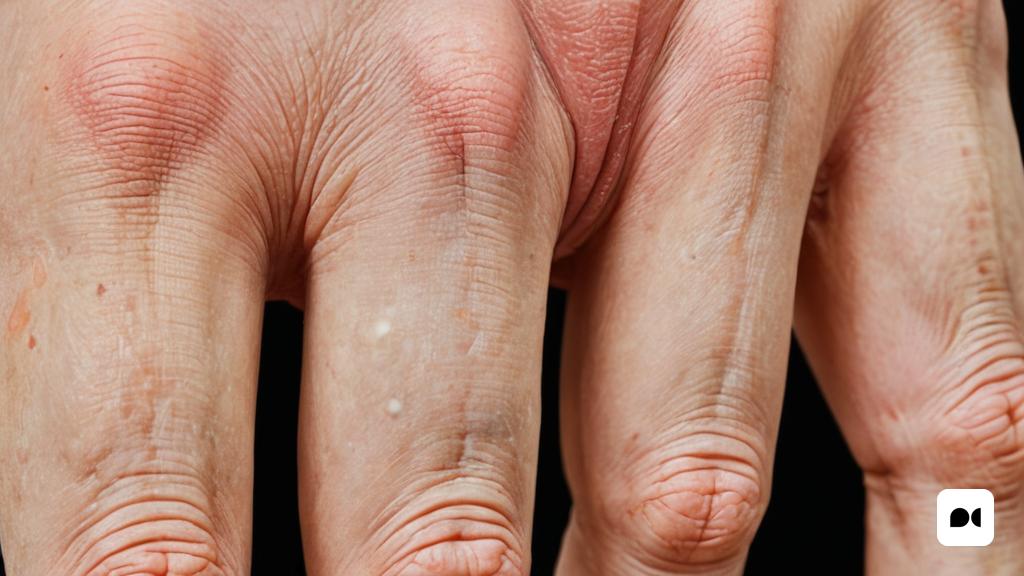A Rare Autoimmune Disease
Scleroderma, also known as systemic sclerosis, is a rare autoimmune disease that is triggered by an alteration of collagen, a vital protein that provides support to the body’s organs and tissues. This condition causes hardening of the skin, as well as blood vessels, muscles and some internal organs such as the lungs, heart and digestive system.
In Spain, it is estimated that there are around 13,000 people affected by this systemic autoimmune disease, with a prevalence of 277 cases per million inhabitants. The presentation of the disease can vary significantly, from mild cases with slow evolution and few clinical manifestations, to severe cases with rapid progression.
Symptoms and Diagnosis
Scleroderma presents a wide variety of symptoms, with mild swelling of the skin of the hands, feet and face being one of the first signs. Over time, the skin hardens, limiting joint movements. Additionally, Raynaud’s phenomenon may occur, which causes changes in the color of the hands when it is cold, followed by pain or tingling.
This disease can affect various internal organs, which manifests itself through joint pain, fatigue, digestive problems, respiratory difficulty, hypertension, among others. Therefore, it is crucial to perform a complete study to evaluate the extent of organ involvement, especially in rapidly evolving cases.
Risk Factors and Early Diagnosis
Scleroderma mainly affects women, with a higher prevalence in black people and a greater severity in men. Early diagnosis is essential to prevent the progression of the disease and the appearance of deformities. However, due to its rarity, diagnosis can be difficult, which highlights the importance of accessing centers with experience in managing this disease early.
Treatment and Care
Although there is currently no cure for scleroderma, there are treatments aimed at controlling the inflammation, fibrosis and vasculopathy characteristic of this disease. In addition, patients are recommended to follow a decalogue that includes specific care, such as protecting themselves from the cold, avoiding tobacco, controlling stress, keeping skin clean and hydrated, among other tips to improve quality of life.

